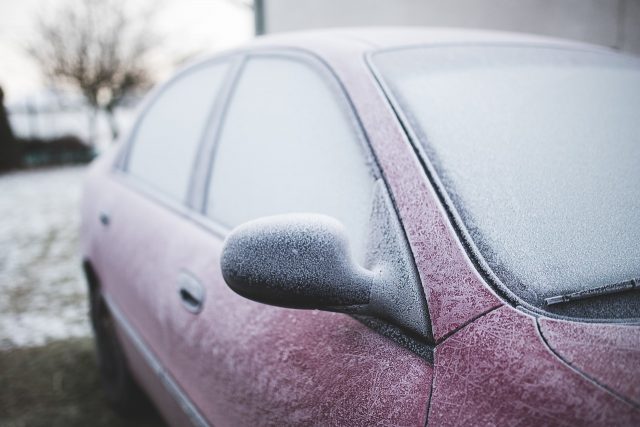Northwest Iowa — Are you aware that northwest Iowa is right in the prime area for radon gas exposure? And January is Radon Action Month in the United States.
Randy Lane is a health physicist managing the radon program at the Iowa Department of Public Health. He says radon is a colorless, odorless, radioactive gas that is actually produced by the decaying of uranium in the soil. He says that means that yes, there is probably naturally-occurring uranium in the soil near you. According to Lane, it’s the decay of the radon through the emission of alpha particles that’s hazardous — because they can adhere to your lungs and cause lung cancer.
On the map to which Lane is referring, Iowa, most of Minnesota, and east-river South Dakota are all in the “high potential” zone, out of three possible zones. Most of the rest of the Upper Midwest is in the same boat. So, most of us are at some risk for lung cancer through radon. What to do? He tells us.
Those kits can also sometimes be found through your local health department, or if you call them they can at least point you in the right direction. According to Lane, you should do the test and then send it where you are directed to. If your results come back high, they suggest you do another test to make sure. If you have confirmed high levels of radon, he says that’s when they say you need to mitigate the issue. He says those who help you fix your radon problem need to be licensed. Click here for more information.
Lane tells us that if something needs to be done to prevent exposure to the cancer-causing gas in your home, what will probably happen is that a system will be installed to pipe the radon-containing air away from the spaces under your home and exhaust it to the air above your house. EPA experts tell us that when radon gas is discharged via a radon mitigation system above the roof, the radon concentration falls off dramatically with distance from the point of discharge. In fact, the radon gas concentration approaches background levels at 3-4 feet from the discharge point, and is therefore no longer a risk.











